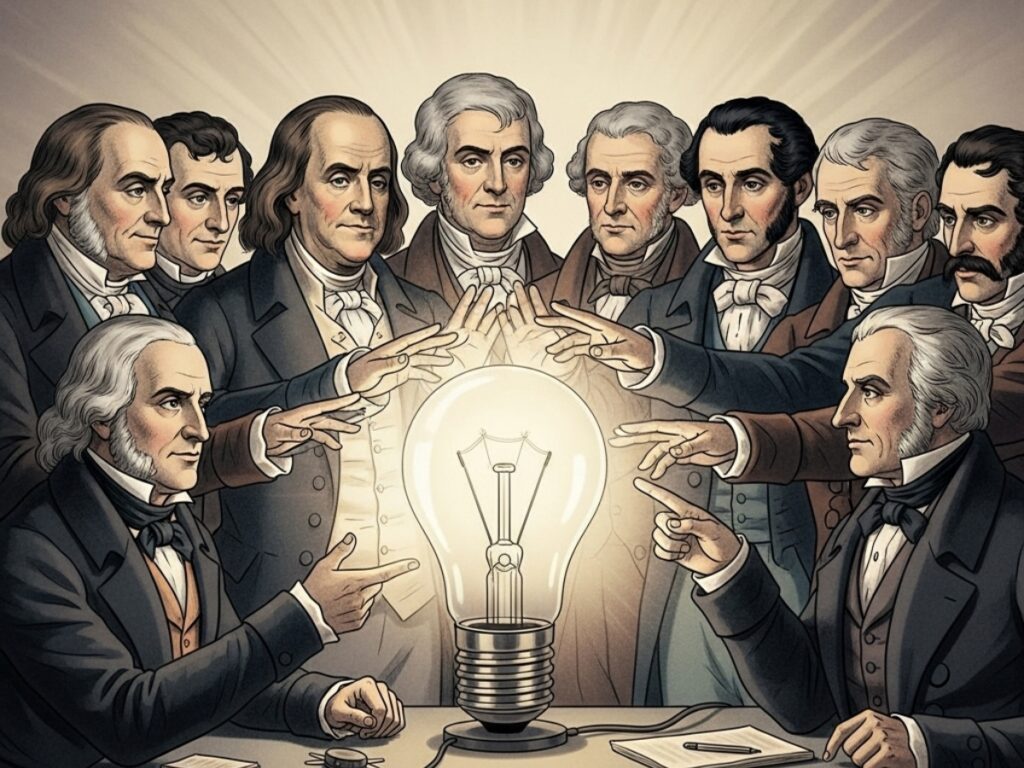
Electricity is the lifeblood of modern civilization—powering our homes, industries, and technology. But who invented electricity? The answer isn’t as simple as naming a single person. Instead, it’s a thrilling saga of scientific curiosity, rivalry, and groundbreaking discoveries involving Benjamin Franklin, Thomas Edison, Nikola Tesla, Alessandro Volta, Michael Faraday, and many more.
👉 Explore more topics in Technology & Innovation.
In this deep dive, we’ll explore:
✔ The ancient origins of electrical knowledge
✔ Key scientists who shaped our understanding of electricity
✔ The fierce War of Currents (AC vs. DC)
✔ How it evolved into the modern power grid
✔ Common myths and misconceptions
By the end, you’ll know exactly who deserves credit—and why the story is far more exciting than you might think.
Key Contributors
- Benjamin Franklin (1706-1790) – Proved lightning was electrical with his famous kite experiment.
- Alessandro Volta (1745-1827) – Invented the first electric battery (Voltaic Pile).
- Michael Faraday (1791-1867) – Discovered electromagnetic induction, leading to generators.
- Thomas Edison (1847-1931) – Developed the first practical light bulb & power grid.
- Nikola Tesla (1856-1943) – Pioneered AC (alternating current), revolutionizing power transmission.
Table of Contents
1. Was it Invented or Discovered?
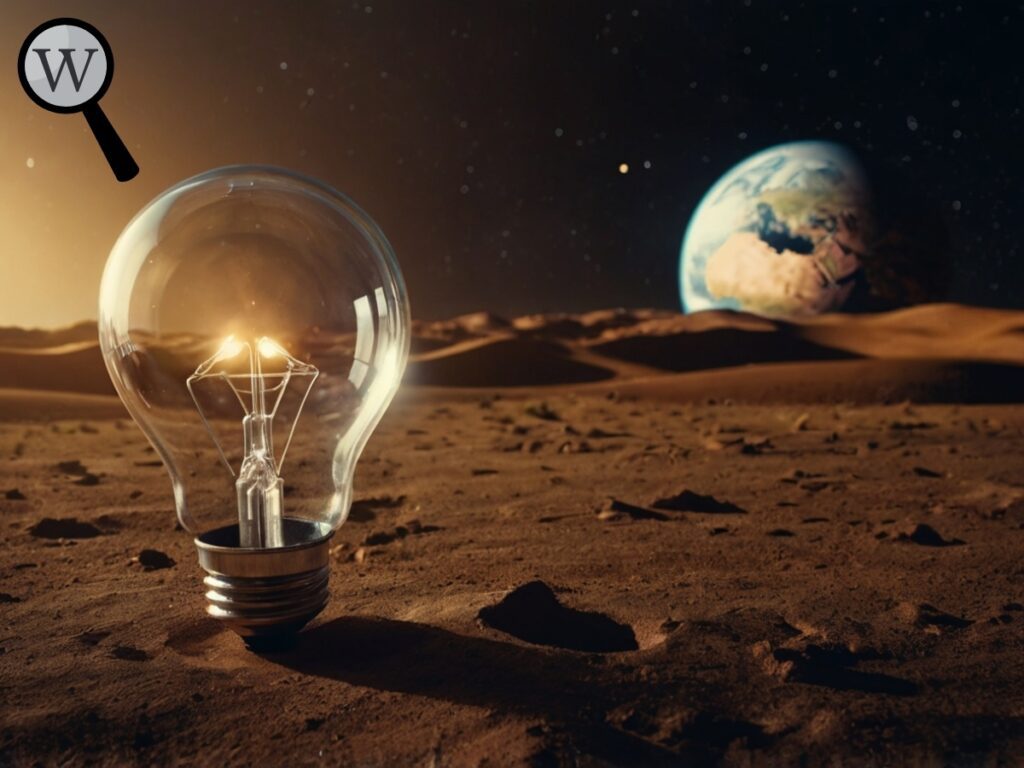
Electricity is a natural phenomenon, meaning it wasn’t “invented” but rather discovered and harnessed. Ancient civilizations observed static electricity (like lightning) but didn’t understand its potential.
Early Observations of it
- Ancient Greeks (600 BC) – Rubbed amber (electron) to create static electricity.
- Ancient Egyptians – Wrote about electric fish in the Nile.
- 17th Century – Scientists began systematic experiments.
The real breakthroughs came in the 18th and 19th centuries, when pioneers transformed electricity from a curiosity into a usable force.
- 👉 More on Static Electricity History – Britannica
2. The Father of Electricity: Benjamin Franklin (1706-1790)
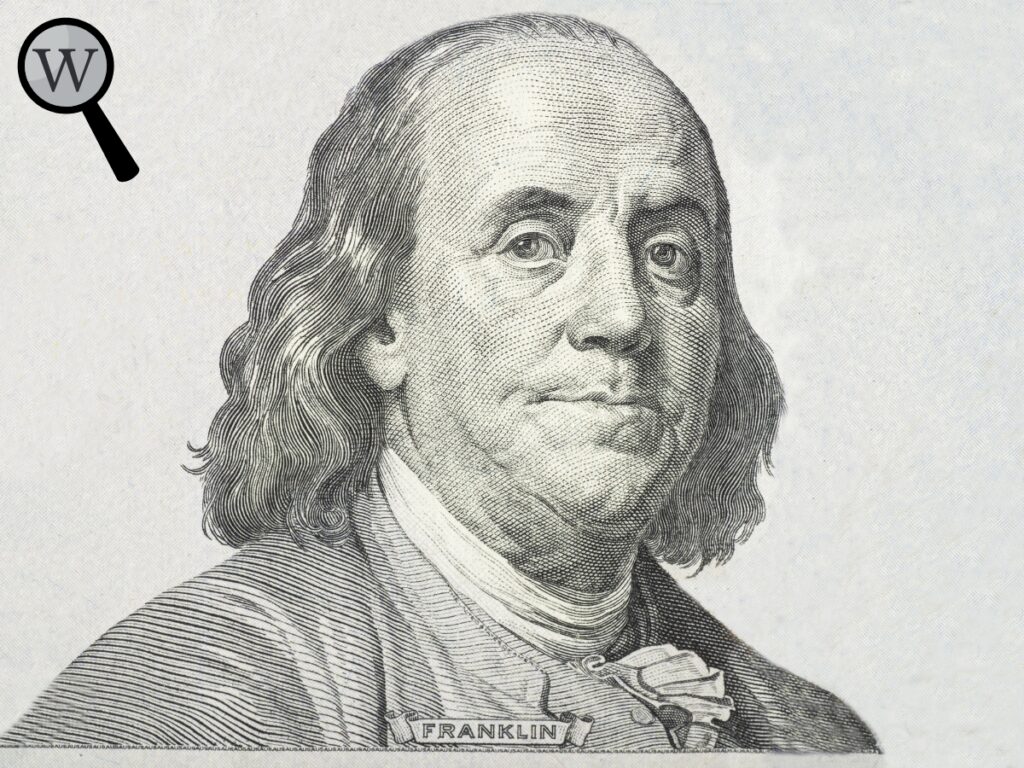
Benjamin Franklin’s famous kite experiment (1752) proved that lightning was electrical. He tied a metal key to a kite, flew it during a storm, and observed sparks—confirming the connection between lightning and electricity.
Franklin’s Contributions:
- Coined terms like “battery,” “charge,” and “conductor.”
- Invented the lightning rod to protect buildings.
- Laid the foundation for future electrical research.
However, Franklin didn’t “invent” electricity—he just helped explain it.
- 👉 Details on Franklin’s Experiment: Franklin Institute
3. Alessandro Volta & the First Battery (1800)
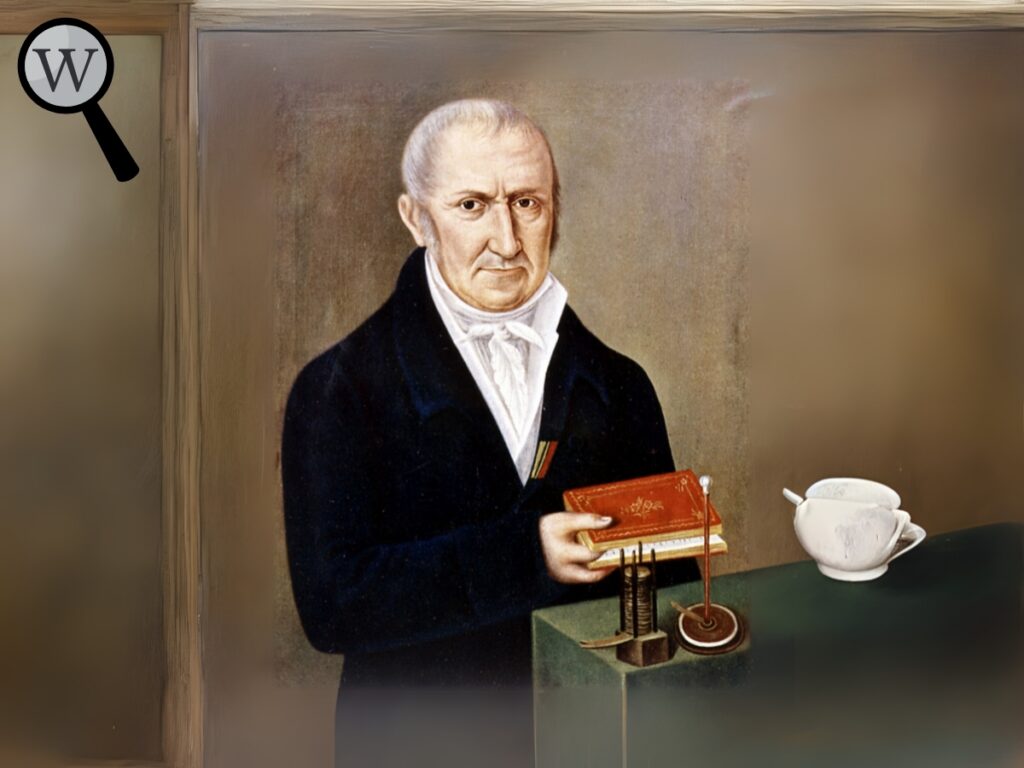
The next major leap came from Alessandro Volta, who invented the Voltaic Pile—the first true electric battery.
How Volta’s Battery Worked:
- Stacked alternating zinc and copper discs separated by brine-soaked cloth.
- Produced a steady electric current (unlike static electricity).
- Paved the way for modern batteries and circuits.
Volta’s work proved electricity could be generated chemically, opening doors for further innovation.
- 👉 More about Volta’s invention: Wikipedia
4. Michael Faraday: The Genius Behind Electromagnetism (1791-1867)
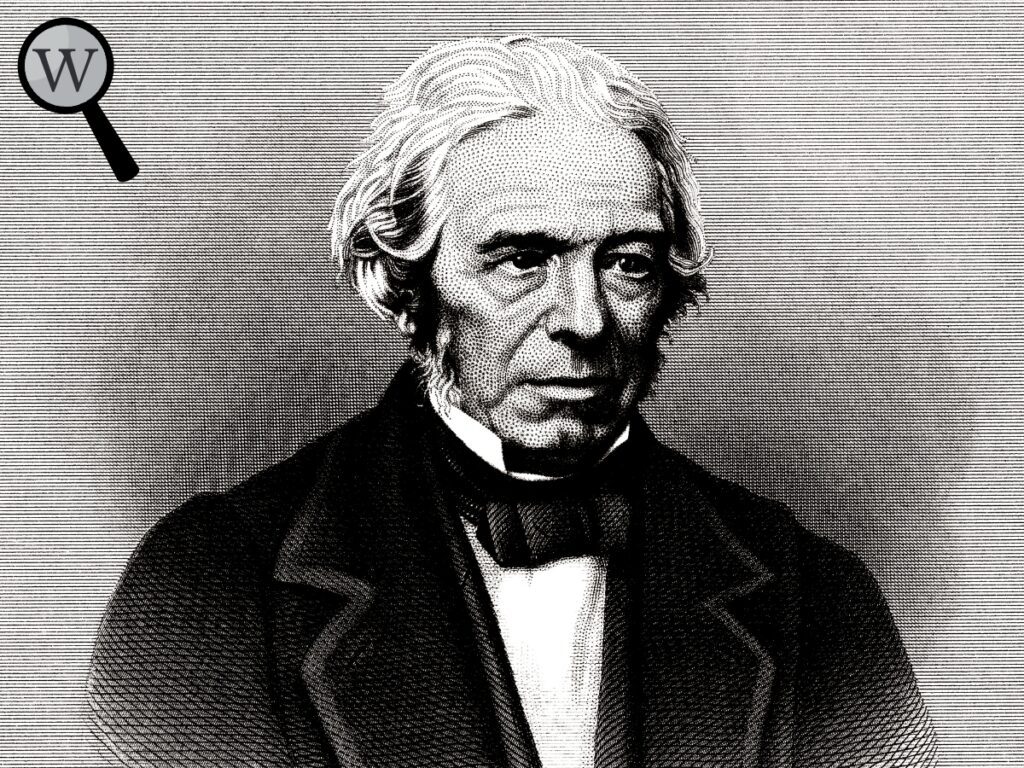
Michael Faraday, a bookbinder-turned-scientist, made revolutionary discoveries in electromagnetism.
Faraday’s Key Contributions:
✔ Electromagnetic Induction (1831) – Moving a magnet near a wire generates electricity (basis for generators and transformers).
✔ Faraday’s Law – Explained how changing magnetic fields create electric currents.
✔ Invented the first electric motor.
Without Faraday, we wouldn’t have power plants or modern electrical grids.
👉 Deeper insights: Wikipedia
5. Thomas Edison vs. Nikola Tesla: The War of Currents
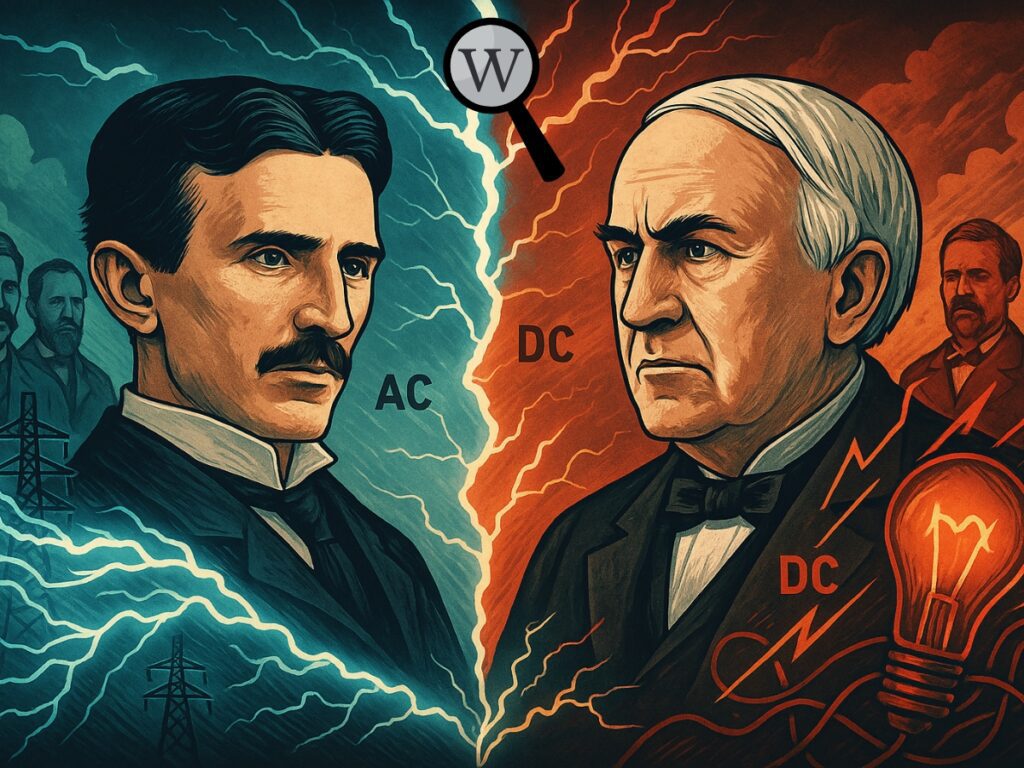
The late 1800s saw a fierce battle between Thomas Edison (DC power) and Nikola Tesla (AC power) over how it should be distributed.
Edison’s Direct Current (DC) System
- Pros: Stable, good for short distances.
- Cons: Required power stations every mile.
- Famous Invention: The first practical light bulb (1879).
Tesla’s Alternating Current (AC) System
- Pros: Could travel long distances with less energy loss.
- Cons: Seen as dangerous initially.
- Famous Invention: AC induction motor (1887).
👉 War of Currents explained: National Geographic
Who Won?
While Thomas Edison initially held the spotlight with his direct current (DC) system, it was Nikola Tesla’s alternating current (AC)—championed by industrialist George Westinghouse—that ultimately reshaped the world.
The battle wasn’t just about wires and currents; it was about two different visions for the future of electricity. Edison pushed DC because it was safer at close range and already integrated into his inventions. But DC systems were limited: they required power stations every mile, making large-scale implementation expensive and impractical.
Tesla, on the other hand, believed in the efficiency and reach of AC. With AC, high voltages could be transmitted over long distances and stepped down safely at the point of use using transformers. This meant electricity could travel across cities, mountains, and vast rural areas—something DC simply couldn’t manage at the time.
The turning point came during the 1893 World’s Columbian Exposition in Chicago. Westinghouse and Tesla lit up the entire fairground with AC power, dazzling the public and proving its reliability. Shortly after, they won the contract to build the first major hydroelectric power plant at Niagara Falls, further solidifying AC as the dominant global standard.
Edison’s resistance eventually faded, and AC became the backbone of the modern power grid. In the end, Tesla’s vision of long-distance, efficient power won the war—not just with science, but with imagination and courage.
6. How the Power Grid Was Born
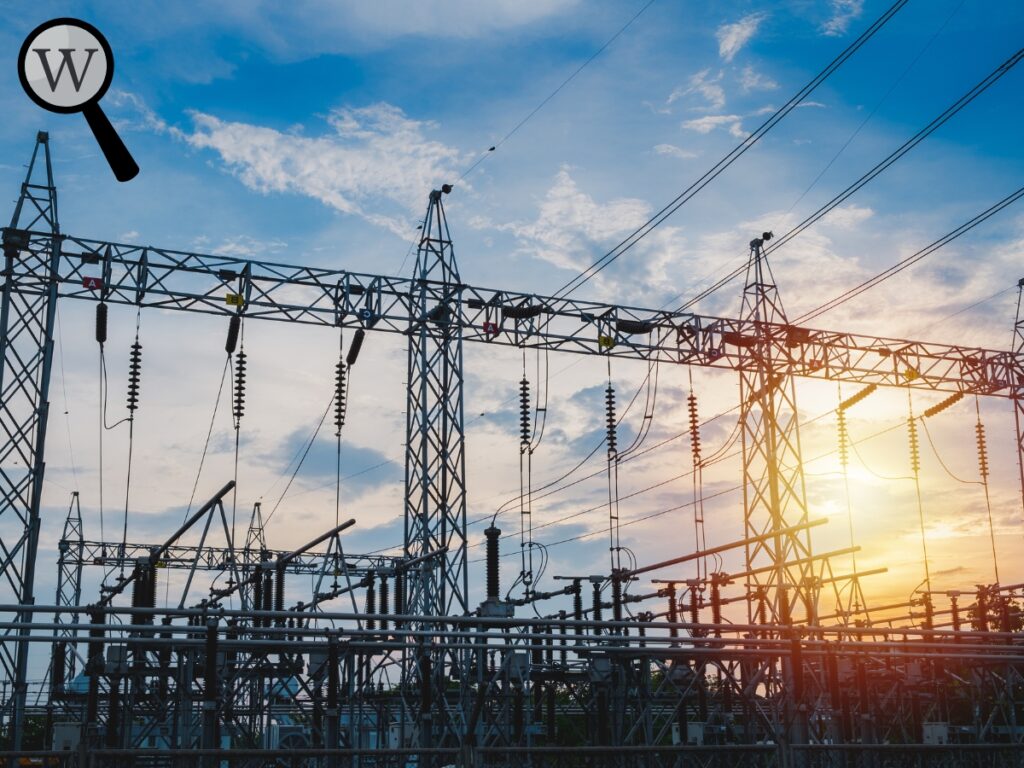
By the early 20th century, it became widely available thanks to:
- Power plants (hydroelectric, coal, nuclear).
- Transformers (boost voltage for long-distance travel).
- National Grids (interconnected power distribution).
Today, we rely on smart grids, renewable energy (solar/wind), and wireless power transmission—concepts Tesla envisioned over a century ago.
7. Common Myths About This Invention
❌ Myth 1: “Benjamin Franklin invented electricity.”
✅ Truth: He proved lightning was electrical but didn’t create it.
❌ Myth 2: “Thomas Edison invented the light bulb.”
✅ Truth: He improved existing designs to make them practical.
❌ Myth 3: “it was discovered by one person.”
✅ Truth: It was a collaborative effort over centuries.
8. Well, So Who Invented Electricity
Electricity wasn’t born in a single moment, nor does it belong to a single name in history. Rather, it’s a timeline of genius—a relay of discovery where each thinker passed the torch to the next.
- Benjamin Franklin sparked the conversation by proving lightning was electrical. His kite experiment bridged the mysterious power of storms with the emerging science of electricity. He introduced essential terms like “charge” and “conductor” that we still use today.
- Alessandro Volta took that spark and gave it form. With the invention of the Voltaic Pile, he created the world’s first battery—a steady, reliable source of electric current. This was no longer the electricity of the skies, but something we could control, study, and use.
- Michael Faraday transformed theory into power. His discovery of electromagnetic induction meant that moving magnets could create electricity—laying the groundwork for modern generators, motors, and nearly every power plant in existence.
- Then came Thomas Edison, who brought electricity into people’s homes. His improvements to the light bulb and his vision for a city-wide electrical system turned electricity from a laboratory wonder into a daily convenience.
- And finally, Nikola Tesla, the visionary who dreamed not just of lighting a city, but of powering a world. His invention of the AC motor and contributions to high-voltage power transmission allowed electricity to spread far beyond city limits—into rural towns, across nations, and eventually, around the globe.
So, who invented it?
No one. And everyone.
It’s a story woven from centuries of curiosity, persistence, and daring to think differently. From thunderbolts in the sky to the light above your desk, This journey is still ongoing—and its next great chapter may be written by someone reading this today.
Final Thoughts
Next time you flip a switch, remember the centuries of genius that made it possible. Who do you think contributed the most? Let us know in the comments!







